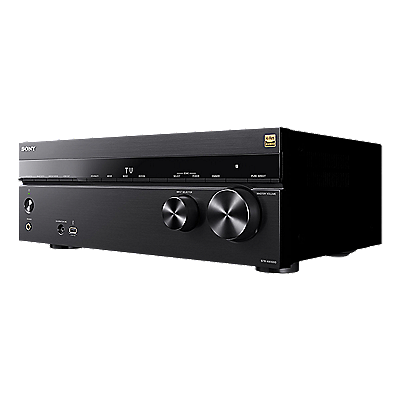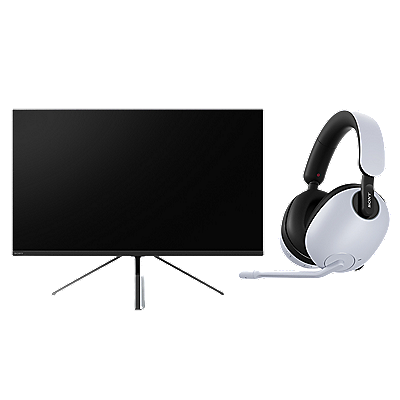My TV doesn't have a picture or displays a NO SIGNAL message
Your TV screen may be blank or display a NO SIGNAL message when your TV is not receiving a proper signal from its source. This article provides information to help identify the cause and steps to help resolve the issue.
General troubleshooting
- If your TV is on and connected to a satellite receiver, cable box, or another video device (DVD, Blu-ray Disc™ player), make sure the connected device is also turned on and not in standby mode.
- Try turning your TV off and then back on.
- Try changing to a different channel; this issue may occur if there's an issue with the broadcast of the channel you're watching.
- Check the input selection of your TV to ensure it's set for the input connection used by the source device (cable box, satellite, DVD, Blu-ray Disc player).
- On your TV remote, press the Input, Source, or TV/VIDEO button to toggle you through your input connection options to ensure the correct connection is selected. You can also check the back or side of the TV to identify which port the cable from your source device is connected to your TV, and then make sure the input selection on your TV is the same.
Additional information for switching inputs on your TV:
- Try using a different input device or movie. Check if you can receive a signal from another source (DVD, Blu-ray Disc, etc.).
HDMI connection
USING AN HDMI CABLE, your TV is connected to a satellite receiver, cable box, or another source. Check if your TV operates normally after completing each step:
- Turn off the TV and your source device (satellite receiver, cable box, DVD, Blu-ray Disc player), wait about 60 seconds, and then turn them back on.
- Check the input selection of your TV again to verify it's set for the input connection used by the source device.
- Check your HDMI cable connections. Disconnect the HDMI cable from your source device and the TV and then reconnect making sure the connection is secure. If the issue continues, try using a different HDMI cable.
- Connect your source device to a different HDMI port on your TV, and then change the TV input to match the port used.
- For satellite or cable connections, check the cable coming into your building and that the connection to your source device (satellite receiver, cable box) is secure and in good condition. Also, check for splitters or other devices connected to the cable going to your satellite receiver or cable box. Remove any splitters or other connected devices (unless required by your service provider), then reconnect the cable directly to your satellite receiver or cable box. If the issue continues, try using a new cable.
- Power reset your TV and the source device by unplugging them from the power outlet, waiting about 2 minutes, then reconnecting power to your devices.
Note: If you cannot access the power outlet and your devices are plugged into a power strip, turn off the power strip, or you may be able to turn off a circuit breaker to the wall outlet.
- If you're using a satellite dish, there could be weather interference or something blocking the signal on your satellite dish.
- Check with your satellite or cable service provider to see if you could be experiencing a service outage in the area.
Direct cable or antenna connection
Your TV is using an over-the-air antenna or the built-in TV tuner with a direct cable connection (no satellite receiver or cable box):























